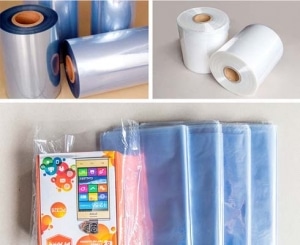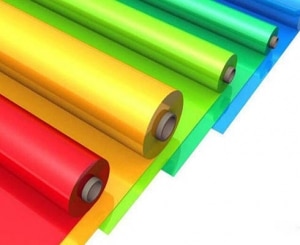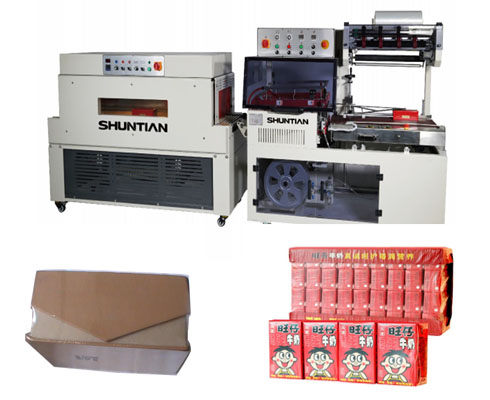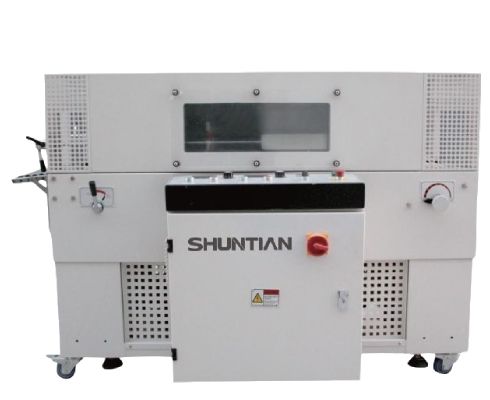Shrink wrap vs cellophane,you should know
Many people are troubled by the concept of shrink and cellophane. Do you know the difference between shrink wrap and cellophane? Let me introduce it below.
The technical content and parameters of the shrink wrap are different. It looks like a thin film.
Its basic structure has ten layers: the first layer: transparent film protective layer; the second layer: pressure sensitive adhesive Layer; The third layer: anti-ultraviolet insulation layer; the fourth layer: anti-radiation insulation layer; the fifth layer: metal thermal insulation film layer; sixth layer: AAA, PET base layer; seventh layer: fixed adhesive layer ; The eighth layer: anti-oxidation isolation layer; the ninth layer: abrasion-resistant coating layer; the tenth layer: aerobic neutralization coating; each layer has different functions, good shrinkage performance and easy to install.

Extend reading:
Comparison of physical properties of POF and PE and PVC shrink film
Cellophane is a kind of film made from cotton pulp, wood pulp, etc. as raw materials. We all know that cellophane is transparent, tasteless and non-toxic. Because cellophane looks like glass at first glance, but it’s a bit different.

If glass is made as thin as paper, it is not glass, but a kind of film. In fact, we can often see cellophane in our daily life. For example, the outer packaging of bread, sugar, cosmetics, etc. we usually eat is cellophane.
Its molecular chain has a wonderful micro-breathability, which can make products look like eggs. Breathing through the micropores on the egg skin is very beneficial to the preservation and preservation of the product; it has strong resistance to oily, alkaline and organic solvents; it is made of natural fiber In the garbage, it can absorb water and be decomposed.
Will not cause environmental pollution. It is widely used as lining paper for commodities and decorative packaging paper. Its transparency allows people to see the goods inside at a glance, which plays a good role in protecting the goods. Compared with ordinary plastic film, it has the advantages of no static electricity, dustproof, and good kink property.
Uses of cellophane wrap:
1.Food industry: The above mentioned information has introduced which the cellophane molecular series includes a excellent micro-permeability, which allows products to breathe like eggs through the micropores in the egg skin, which has an effect on the friendliness and freshness of the goods.Very advantageous, so cellophane is widely used in the food industry.
2. Manufacturing: Cellophane is made of natural fibers, which can absorb water in the garbage and be decomposed, so that it will not cause environmental pollution. It is widely used as lining paper for commodities and decorative packaging paper. Its transparency allows people to see the goods inside at a glance, and has the properties of moisture-proof, impermeable, air-tight, heat-sealable, etc., which plays a good role in protecting the goods.
3. Industry: As to why cellophane can be widely used in industry, the reason is roughly the same as the second point, so I won’t introduce it in detail.
4. At home: Many homes often have cellophane. Why? Cellophane can keep food fresh. It can also prevent moisture when it is covered on household appliances or furniture that is not commonly used. It can also be scratch-resistant after cellophane is pasted on the glass. Sterilized cellophane can also act as gauze.
Above is the difference between shrink wrap and cellophane wrap, if you need more information,please contact enquiry@chinshrinkmachine.com, 0086 133 0206 3626
Is cellophane the same as shrink wrap?
Same point:
Shrink wrap and cellophane both provide a flexible packaging solution to protect your products from damage.
Different point:
According to the Plastic Glossary, cellophane is made of cellulose and when it is formed into sheets it can be opaque or transparent, as needed. Cellophane provides strong, clear and transparent wrapping. This plastic has a low shrinkage rate.
There are distinct differences between cellophane and shrink wrap, especially in color and transparency. Shrink wrap is a thin film of plastic that shrinks when heated with a heat gun, shrinking around the object. Cellophane is a transparent sheet made up of cellulose fibers, which do not shrink when heated.
Cellophane is a form of shrink wrap, but it is less transparent and has a more plasticlike appearance. Cellophane is derived from cellulose, whereas shrink wrap is created from PVC film or polyolefin.
Can you put cellophane in the microwave?
No, it is not safe to put cellophane in the microwave. Cellophane is a thin, transparent film made from wood pulp or cotton fibers and is not heat-resistant. When exposed to high temperatures, cellophane can melt and may even catch fire, which can cause damage to the microwave and create a potential safety hazard. It is best to use microwave-safe containers or covers made from materials like glass, ceramic, or microwave-safe plastic, and always follow the manufacturer’s instructions for safe use.
Conclusion:
Shrink wrap is a thin plastic film used for wrapping and packaging items for shipment or storage. It shrinks tightly around the product to form an airtight seal. It can also be applied as a protective coating over surfaces. Cellophane is a thin transparent film made from cellulose, which has similar applications but cannot be heat-sealed like shrink wrap. Shrink wrap, however, can be printed with branding and barcodes, while cellophane is typically used as an unprinted window in packaging.
shrink wrap and cellophane are both plastic films that are used to wrap your product. their main difference is that shrink wrap is typically thicker than cellophane, which gives it much more strength.



 SHUNTIAN
SHUNTIAN SHUNTIAN
SHUNTIAN